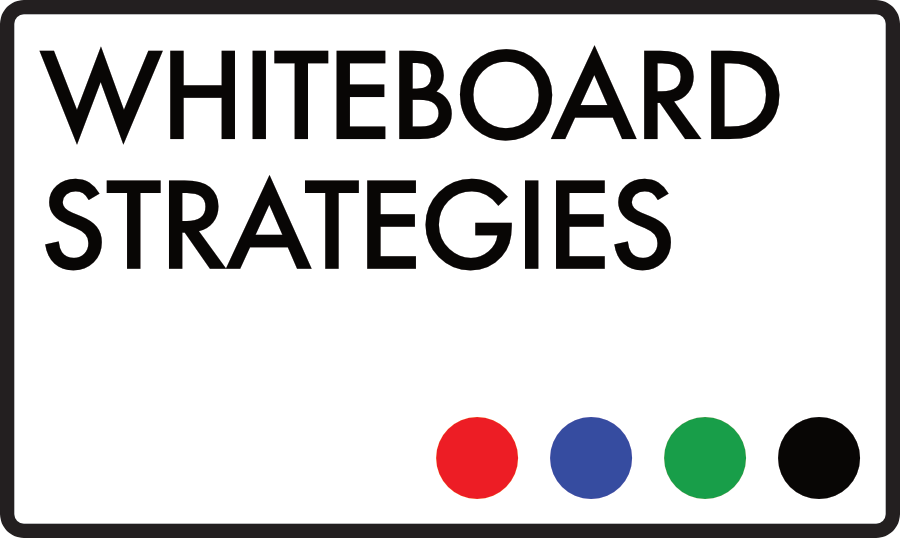Dear Sales Professionals,
I’ve been reading a lot about gaps in sales recently – communications gaps, ability gaps, expectation gaps, quota gaps. The impression this is giving me is of an industry that is cracking, a broken industry that is slowly drifting away from itself.
It started on a well-known sales blog earlier in the week. In two consecutive posts, I was told that the biggest gap in sales is between quota and quota assignment, and that the biggest gap in sales is between the prospect saying ‘Yes’, and the prospect actually buying…
Granted, it might just be that the guy was struggling for ideas for posts and just wrote anything, rather than writing it because he had something to say – but I think it’s indicative of a real problem.
Last week I spent some time at a major telecoms company discussing the communications gaps that run through their organisation’s entire hierarchy – the C suite don’t know what the managers are up to, the managers couldn’t have less idea what’s happening for their teams on the ground, the sales people in the field don’t really know, speak to or understand their managers… and so on. The result is poor motivation, a simmering resentment all round, and a sales team simply not working anywhere near as well as they should be.
There are gaps everywhere in sales – we all know about the gaps between quota and actual – or even possible – results. There’s a massive gap between people’s standard selling processes and the new influx of inbound leads many organisations are fielding. We’ve talked about the problems associated with the gap between forecasts and conversion figures, the gap between share holder expectation and what is practically possible. We’ve talked about the gaps between your sales process and how the customer buys.
Gaps are self-perpetuating – vicious circles that establish themselves through poor practices and a lack of process management. As they get more established, gaps broaden and deepen, making them harder and harder to close. Your team, your processes or your customer journeys end up looking like close-ups of the ‘before’ faces on anti-wrinkle cream ads…
What’s the answer? As is so often the way, awareness, accountability and action. Proactive action is infinitely more effective than a reactive response – but if the gaps are already established, then a response is necessary.
The first step is to properly locate and assess the gaps. What is the gap between? How has it come about? What effect is it currently having on your sales process or team?
The next step is accountability – who should have been ensuring that the gap never opened? Look for leaders – true accountability rarely lies with the troops on the ground, as they’re normally only acting on orders. Where did the orders come from? Who dropped the ball? Will they admit they are at fault? Can they ensure it won’t happen again?
Finally, take action. This will vary hugely on the nature of the gap you are addressing – if it’s a comms gap, look at whether your management, comms department or enablement team could be doing more to improve the lines of communication. If it’s a quota gap, look at how you can redress the balance between the pressure the accounts team are under, and the pressure that they in turn place your sales people under. If it’s a gap between a sales process that has worked for years and a new batch of inbound leads, let your enablement team take ownership of it and reformat that process.
Vigilance is key. Keep an eye open for unrest or sales people feeling that they are being treated unfairly – often it’s a gap that’s at the root of the problem. Look for disgruntled shareholders, disillusioned middle managers and a C suite who barely sit down before they’re sent packing – they’re signs of big gaps somewhere in your sales process or team. Mind the Gap, find the gap, and close the gap – before sales falls apart completely.
Yours concernedly,
Mark Edwards, Whiteboard Strategies

Recent Comments